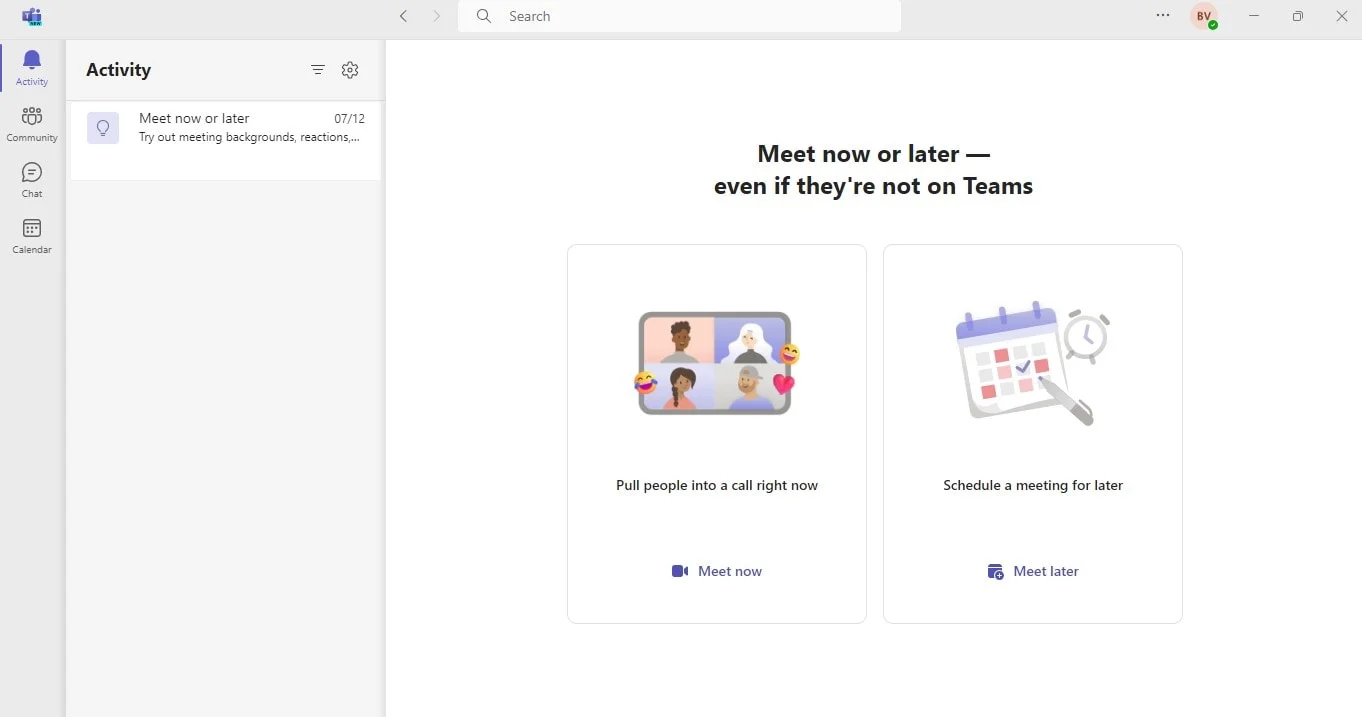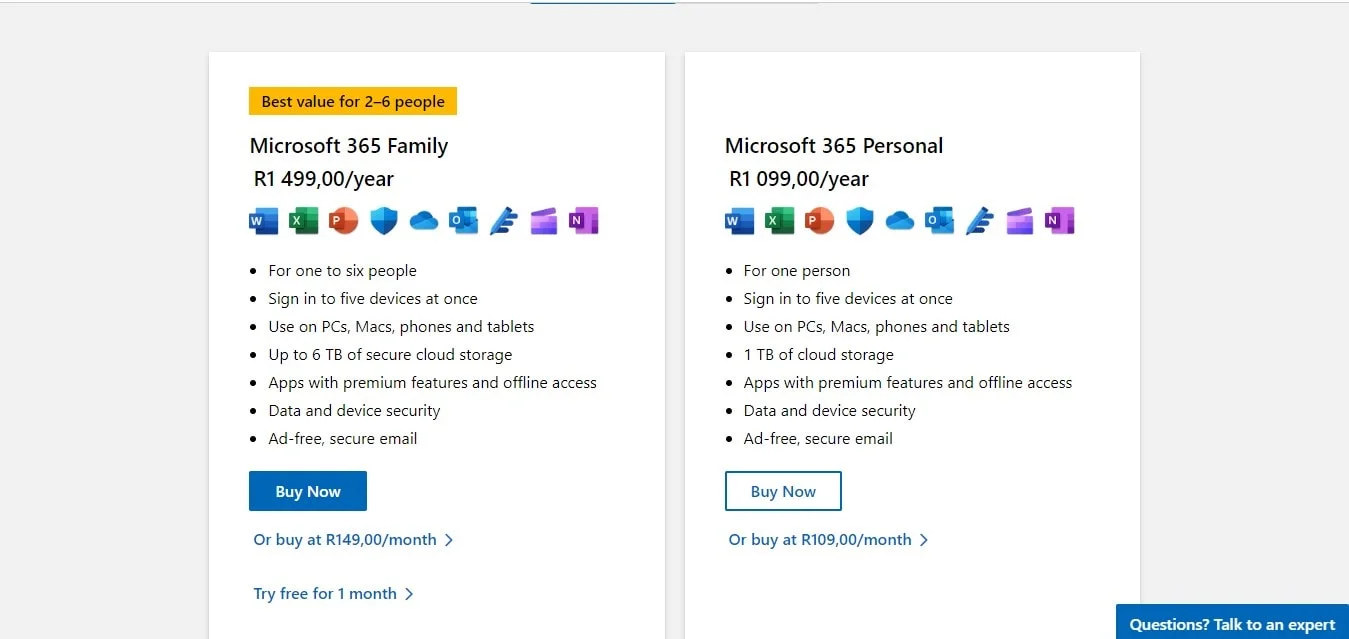
Capturing important decisions and discussions in Microsoft Teams meetings is a breeze with recordings. Whether you're the organizer or a participant with permission, this guide will show you how to get started. Beyond simply capturing the audio, recordings can provide valuable insights you might miss live.
Imagine easily revisiting key points or sharing a link to the recording with colleagues who couldn't attend. Keep reading to unlock the potential of Microsoft Teams recordings and ensure you never miss a critical detail from your meetings again.
Who Can Record A Teams Meeting?
In a Microsoft Teams meeting, the ability to record is typically granted to the meeting organizer, people from the same organization as the organizer, and designated presenters. The meeting organizer, who schedules and sets up the meeting, has the authority to start and stop recordings. Participants from the same organization as the organizer can also record the meeting, though external guests usually cannot.
IT administrators can modify meeting recording and meeting settings for the organization, enabling or disabling the feature and setting policies on who can record. Presenters, if specified by the organizer, might also have recording capabilities.
5 Ways To Record Teams Meetings
Here's how to record teams meeting easily:
With the built-in option (Windows)
In Microsoft Teams, the ability to record a meeting is typically granted to the organizer, participants from the same organization, and designated presenters. The meeting organizer, who schedules and sets up the meeting, has the authority to start and stop recordings. Participants from the same organization as the organizer can also record meetings, while external guests usually do not.

The recording feature is unavailable in the free version of Teams included with Microsoft 365 Personal or Family subscriptions. However, it is accessible in the paid version of Teams provided with Microsoft 365 Business Basic or higher subscriptions.

Steps in how to Record a Teams Meeting:
- Join the meeting.
- Go to the meeting controls.
- Select "More options" (three dots).
- Click "Start recording."
On Mac
To manage a Microsoft Teams recording on your Mac using the built-in QuickTime tool, find the meeting in your Teams calendar and click "Join." Alternatively, you'll receive a notification to join if someone else initiates the meeting screen-sharing activity.
Steps to Record a Teams Meeting:
- Join the meeting from your Teams calendar or notification.
- Open QuickTime Player, select "File," and click "New Screen Recording."
- Choose your microphone and click "Record."
- Inform participants about the recording.
- Press Command + Control + Esc or click the “Stop” button to end the recording.
On mobile (iPhone and Android)
If the internet is slow or unreliable in certain areas, using a phone to begin recording video or Teams meeting might be more effective than relying on features that require a fast and stable internet connection. To access and record a Teams meeting on a mobile device, download and install the Microsoft Teams app from the App Store or Google Play Store.
Steps to record a Teams Meeting on mobile:
- Start or join a Teams Meeting:
- Sign in to your Microsoft account or register for a new one.
- Allow the app to use your microphone and camera if prompted.
- Find the meeting in the calendar or start an instant meeting.
- Start recording:
- Select the "More actions" ellipsis (three dots) in the meeting controls.
- Choose "Start recording."
- Inform participants:
- Teams will display an icon indicating the meeting is being recorded.
- Stop recording:
- Select "More actions" and choose "Stop recording," or end the meeting to stop recording.
- Save the recorded video to your device or cloud storage.
With Bluedot
Bluedot offers a Chrome extension that allows you to record Microsoft Teams meetings directly within your web browser here. Here's a breakdown of the process:

- Install the Bluedot Chrome Extension: Search for "Bluedot: AI Meeting Recorder & Notetaker" in the Chrome Web Store and install the extension.
- Join your Teams meeting: Open your Microsoft Teams meeting as usual in your web browser.
- Start recording with Bluedot: Once you're in the meeting, activate the Bluedot extension and look for the recording option. With Bluedot, you can initiate recording with a click of a blue button at the bottom of your screen.
Bluedot goes beyond just recording. It offers additional features like:
- Transcription: Bluedot can transcribe the audio from your recording, making it easier to search and revisit key points.
- Editing: You can edit the recording to trim unwanted sections or highlight important parts.
- Sharing: Share the recording with your team members directly through Bluedot's sharing options.
- Secure storage: Bluedot securely stores your recordings for late use.
Conclusion
By ensuring recording enabled within Microsoft Teams, you can ensure important business decisions and discussions are captured for future reference. However, for a truly streamlined and feature-rich recording experience, consider Bluedot. While Teams offers basic recording, Bluedot goes beyond with functionalities like automatic recording, AI-powered transcription for easy searchability, and intuitive editing tools to channel conversation while presenting your screen.
Furthermore, screen sharing is a cornerstone of many team meetings, but capturing the details alongside the audio can be difficult. Bluedot seamlessly records your screen alongside the audio, with notes, ensuring you never miss a step during a complex presentation meeting chat, or demo.
But Bluedot isn't just about recording and transcription. It can even automatically generate follow-up emails summarizing key points, saving you valuable time while you channel meeting. Additionally, it offers users pre-built meeting templates to ensure consistent recording practices and securely stores your recordings for later use.
FAQ
Where are Teams recordings stored?
Teams' meeting recordings are typically stored in Microsoft Stream, OneDrive, or SharePoint, depending on your organization's settings. For private meetings, the recording is saved in the organizer's OneDrive under a folder named "Recordings." For channel meetings, the recording is stored in the SharePoint site of the channel under the "Recordings" folder.
How to record a Team meeting secretly
Recording a Teams meeting secretly is against Microsoft Teams' policies and ethical guidelines. Participants must be informed when a meeting is being recorded. Teams displays a visible indicator to all participants when a recording is in progress. * Recording teams meetings without consent can violate privacy laws and organizational policies.
Are there any limitations to recording Microsoft Teams meetings?
Yes, there are limitations to recording Microsoft Teams meetings, including meeting duration limits

%201.svg)
